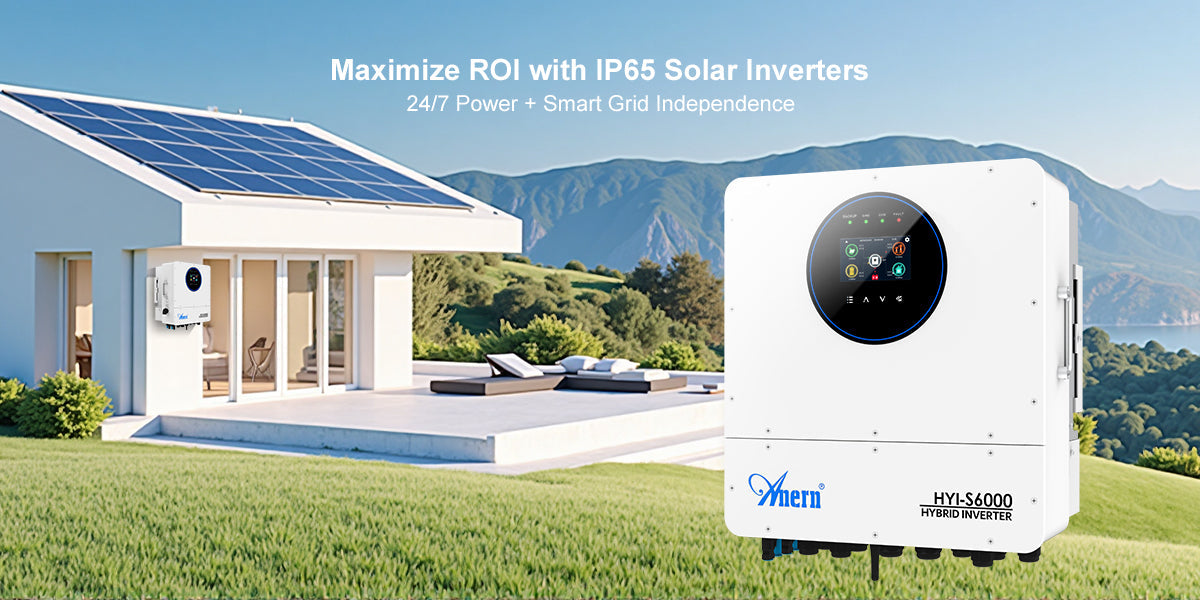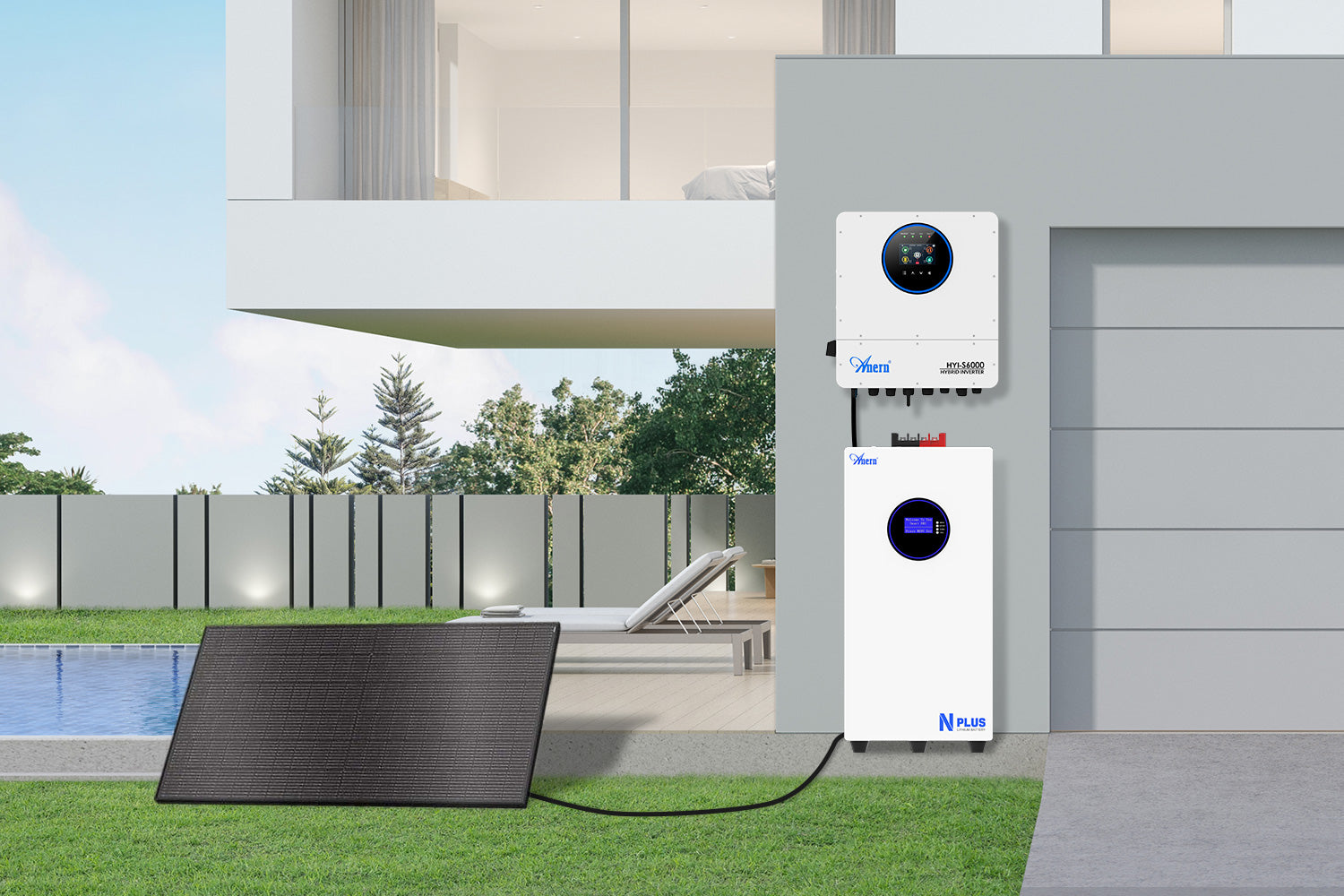The global energy landscape is undergoing a profound transformation, driven by a surging demand for sustainable, reliable, and independent power solutions. At the forefront of this revolution are solar power and energy storage technologies, which together form a symbiotic relationship poised to redefine how we generate, consume, and manage electricity. With over 16 years of experience in the solar energy sector, we are committed to delivering cutting-edge solutions that empower individuals and communities to achieve energy independence.
The Rise of Renewable Energy and the Need for Storage
The transition from fossil fuels to renewable energy sources like solar and wind is critical for mitigating climate change and enhancing energy security. However, the inherent variability of these sources presents a challenge: solar power is only available when the sun shines, and wind power fluctuates with weather patterns. This intermittency necessitates robust energy storage solutions to ensure a stable and consistent power supply.
-
Addressing Intermittency with Storage
Energy storage systems, particularly advanced battery technologies, play a pivotal role in bridging the gap between intermittent renewable generation and constant energy demand. They store excess energy produced during peak generation periods (e.g., sunny afternoons for solar) and discharge it when generation is low or demand is high (e.g., evenings or cloudy days). This "time-shifting" capability is crucial for grid stability and for maximizing the value of renewable energy assets.
According to the International Energy Agency (IEA), power systems are not solely dimensioned to back up individual power plants. Instead, the system's overall ability to meet demand is paramount, achieved through redundancy and increasingly flexible operation of interconnected assets. The IEA also highlights that while demand-side response (DSR) and battery storage are still in early stages, they offer significant future potential for managing the relatively low capacity value of variable renewable energy (VRE) by charging when VRE is abundant and discharging during low output periods.
-
Enhancing Grid Resilience and Energy Independence
Solar + storage systems contribute significantly to grid resilience by providing backup power during outages and reducing reliance on the centralized grid. For homeowners, businesses, and remote communities, this translates to greater energy independence and security. In scenarios where grid infrastructure is unreliable or non-existent, off-grid solar solutions integrated with robust battery storage become essential, offering a reliable power source for homes, farms, and cabins.
Key Technologies Driving the Solar + Storage Revolution
The continuous innovation in solar and energy storage technologies is accelerating the adoption of these integrated systems. Understanding the core components is essential to appreciating their capabilities.
-
Advanced Battery Technologies: LiFePO4
Lithium Iron Phosphate (LiFePO4) batteries are at the forefront of energy storage for solar applications due to their high performance, safety, and reliability. Compared to traditional lead-acid batteries, LiFePO4 batteries offer a longer cycle life, higher energy density, faster charging capabilities, and a wider operating temperature range. These characteristics make them an ideal choice for residential and commercial energy storage systems.
Feature LiFePO4 Battery Traditional Lead-Acid Battery Cycle Life 2,000 - 10,000+ cycles 300 - 1,000 cycles Energy Density Higher Lower Charging Speed Faster Slower Safety Excellent (thermal stability) Good (can off-gas) Maintenance Low/None High (watering) -
Hybrid Inverters and Integrated ESS
The solar inverter is a critical component that converts the direct current (DC) generated by solar panels into alternating current (AC) usable by household appliances and the grid. Hybrid inverters take this a step further by integrating both solar PV and battery storage management into a single unit. This streamlines the system, optimizes energy flow, and often includes smart energy management features. Integrated Energy Storage Systems (ESS) combine lithium batteries, hybrid inverters, and sometimes solar panels into a cohesive, easy-to-deploy solution for residential use, simplifying installation and operation.
Practical Applications and Benefits of Solar + Storage
The synergy of solar and storage offers a multitude of practical applications and tangible benefits across various sectors.
-
Residential Energy Independence
For homeowners, solar + storage systems provide a pathway to significant energy bill reductions and protection against power outages. By storing excess solar energy generated during the day, households can power their homes at night, reducing or eliminating their reliance on grid electricity. This is particularly appealing in areas with rising electricity prices or unstable grid infrastructure.
-
Off-Grid and Remote Power Solutions
Beyond grid-tied applications, solar + storage systems are indispensable for off-grid power solutions. These systems provide reliable electricity to remote homes, agricultural operations, and cabins where grid connection is impractical or cost-prohibitive. The combination of solar panels, a robust lithium battery, a solar inverter, and a charge controller creates a self-sufficient power ecosystem capable of meeting diverse energy needs.
-
Commercial and Industrial Resilience
Businesses and industrial facilities can leverage solar + storage for demand charge management, peak shaving, and ensuring business continuity during grid disruptions. By strategically discharging stored energy during periods of high demand, businesses can significantly reduce their electricity costs. Furthermore, the ability to maintain operations during power outages can prevent substantial financial losses and ensure safety.
Future Trends and Innovations in Solar + Storage
The solar and energy storage industries are dynamic, with continuous advancements promising even greater efficiency, affordability, and integration.
-
Vehicle-to-Grid (V2G) Technology
Emerging technologies like Vehicle-to-Grid (V2G) are set to further revolutionize energy storage. V2G allows electric vehicles (EVs) to not only draw power from the grid but also to feed stored energy back into it, acting as mobile battery banks. This bidirectional energy transfer can help balance grid demand, support renewable energy integration, and potentially offer revenue streams for EV owners. According to a 2018 report by Everoze, titled "V2G Global Roadtrip: Around the World in 50 Projects," pioneering V2G projects globally are providing cutting-edge insights into this technology's potential.
-
Advanced Thermal Storage and Smart Grids
Beyond traditional electrical battery storage, advanced thermal storage systems are on the horizon. These systems utilize materials to store heat during sunny periods and release it when needed, adding another layer of energy efficiency. The development of smart grids, which integrate advanced communication and control technologies, will further enhance the efficiency and flexibility of solar + storage systems, enabling better demand-side management and optimized energy distribution.
Conclusion
The convergence of solar power and energy storage is not merely a technological advancement but a fundamental shift towards a more sustainable, resilient, and independent energy future. As a company with 16 years of expertise in the solar industry, specializing in lithium battery manufacturing, energy storage systems, and integrated ESS development, we are dedicated to providing reliable and scalable energy solutions. Our focus on high-performance, safe, and reliable LiFePO4 batteries, combined with our expertise in hybrid inverters and off-grid solar solutions, positions us to empower customers to achieve true energy independence. By embracing these integrated solutions, we can collectively make significant strides in reducing our carbon footprint, enhancing energy security, and building a more sustainable world.





Leave a comment
All comments are moderated before being published.
This site is protected by hCaptcha and the hCaptcha Privacy Policy and Terms of Service apply.